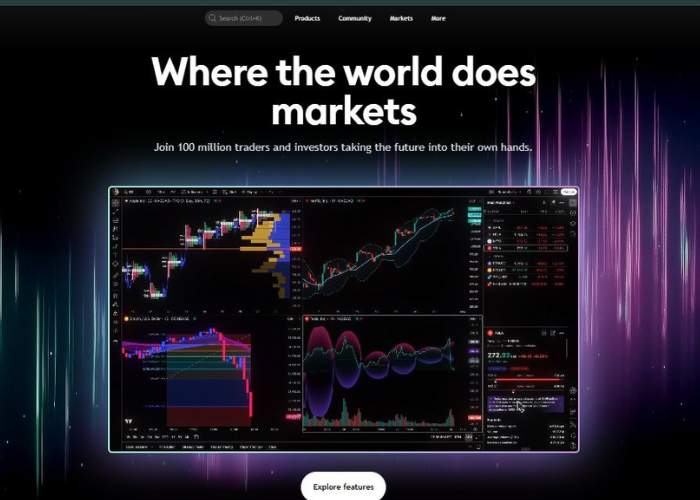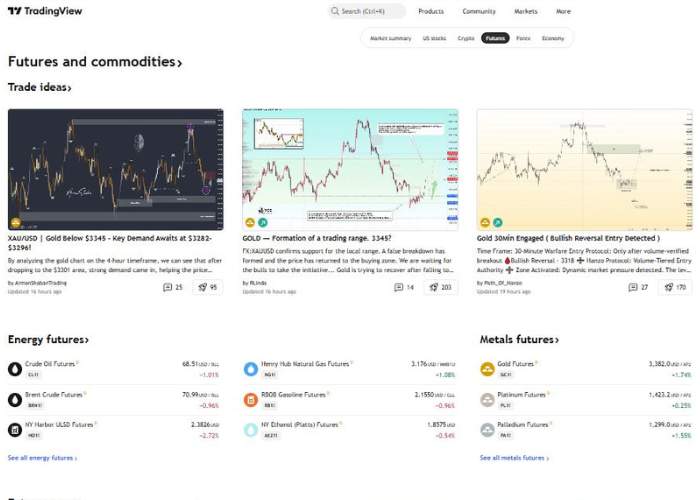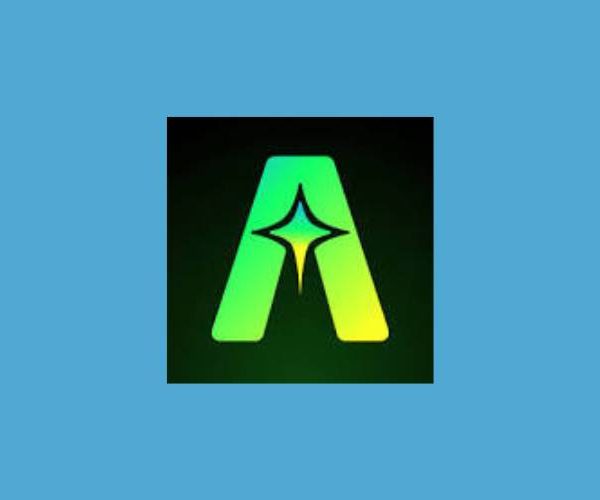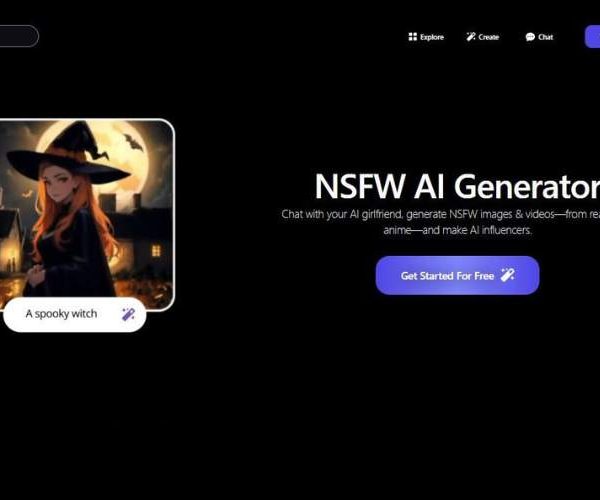
I Tested TradingView for 30 Days: Here’s what really happened
You sign up for TradingView thinking it’s “just charts,” but quickly discover it’s more like a trading operating system. Not an AI‑bot in the classic sense—it’s more like a bot launchpad. You build strategies in Pine Script, backtest them, and fire alerts which you can webhook into execution systems. Got your adrenaline pumping yet?
What Exactly Is TradingView?
TradingView is primarily a charting and strategy development platform—used across stocks, crypto, forex, commodities, indices—offering backtesting, scripting, community code, and real-time alerts. It doesn’t execute trades itself—but integrates tightly with third‑party bot services via alert webhooks.
So yes, it’s a tool for building and validating your AI‑style strategies—but execution lives elsewhere. Imagine TradingView as the engine room where data meets decisions, and bots outside fire off orders when conditions are met.
Feature Tour: What It Brings (and Leaves Out)
- Pine Script Strategy Builder
Write or tweak strategies using built-in or custom code—RSI crossovers, MACD triggers, candle patterns, you name it. Backtest directly on chart. - Alert System with Webhook Support
You define the conditions, embed webhook URL and payload format—integration platforms then act on alerts to execute real trades. - Community & Marketplace
Tons of shared scripts and strategies. You can import community tools, read feedback, and adapt them. Great crowd‑sourced intelligence. - Paper Trading Simulator
Run your strategies in demo mode before risking real money—super helpful for debugging and confidence-building. - Data & Broker Integration
Access real-time historical data, and connect with brokers via third-party tools like Tickerly, Cornix, WunderTrading, TradersPost, etc.
My Journey: From Setup to (Almost) Live Trades
I started scribbling a simple MA crossover Pine Script strategy, ran it through backtest—it looked promising. That buzz of charts turning green? Priceless. Then I set up an alert with a webhook to a trial bot provider. Set it to paper‑trade.
Week one: alerts triggered, trades logged. Paper P&L? Meh—small pips here, tiny losses there. Felt like steering a ship through fog: promising, but nerve-wracking when hits dried up.
Then community script I borrowed flagged a reversal candle pattern that coincided with a sudden move in ETH. I saw the alert, jumped in myself—not fully automated. That little 2% move on paper felt like validation. Emotional high.
But alerts mis-fired one morning (bug in my code), and that sent me spiraling into strategy debugging. The community forums were lifesavers—someone had the exact fix. That’s empathy in code-land.
Pros & Cons Table
| Pros | Cons / Caveats |
| Super‑powerful Pine Script editor + backtesting | Steep learning curve if you don’t code or script |
| Massive community & marketplace of strategies | Execution not native—needs external bot services |
| Supports multivariable strategies, alerts, detailed logic | Alerts and scripts often behind pay‑wall tiers |
| Paper trading & live chart simulator | No direct trade execution feature |
| Works across multiple asset classes globally | Risk of over‑optimizing strategies on past data |
What It Feels Like
There were mornings I woke up to alerts pinging my phone—felt like mission control. Other times, nothing fired all day and I second-guessed the setup. Emotional swings—hope mixed with frustration.
Seeing P&L zero out or go red hit me harder than expected. Yet debugging scripts—patching code after a false alert—felt oddly satisfying. There’s pride in ironing out bugs, seeing your logic catch a breakout.
Pricing & Value
TradingView has tiered subscription plans. Free tier gives basic charting; paid levels unlock alerts, multi-timeframe strategies, extended data, alert quantity. No direct trade automation cost—but you’ll pay bot services separately. Platforms like Tickerly or Cornix start ~$19–39/month after trials.(turn0search13, turn0search2)
Combined, price is reasonable—you’re in control of spend by mixing strategy building on TradingView with a separate execution layer.
Final Verdict (My Two Cents)
TradingView isn’t a turnkey AI‑bot—it’s the canvas where you design your bots. If you’re cool with writing or adapting strategies, testing them, and hooking up to external execution tools, this platform is gold. It doesn’t do everything for you—but it empowers you to do most of it.
If you’re expecting an all-in-one hands-off bot solution—you’ll need to look elsewhere or build the missing pieces.
Suggested Use Approach
- Master Pine Script via small scripts.
- Backtest with Strategy Tester; debug flagged issues.
- Set alerts with proper webhook and payload format.
- Use trusted third-party automation services (Tickerly, Cornix, TradersPost).
- Paper trade extensively before going live.
- Monitor logs, track performance, refine strategy periodically.
Bottom Line: Should You Use TradingView?
Yes—if you’re willing to learn scripting, test thoroughly, and manually bridge execution. It becomes powerful in the right hands: a precision tool for traders who like building rather than being handed a black‑box.
Want help crafting a Pine Script template or setting up alert payloads for a webhook? I’m happy to help map it out.
























